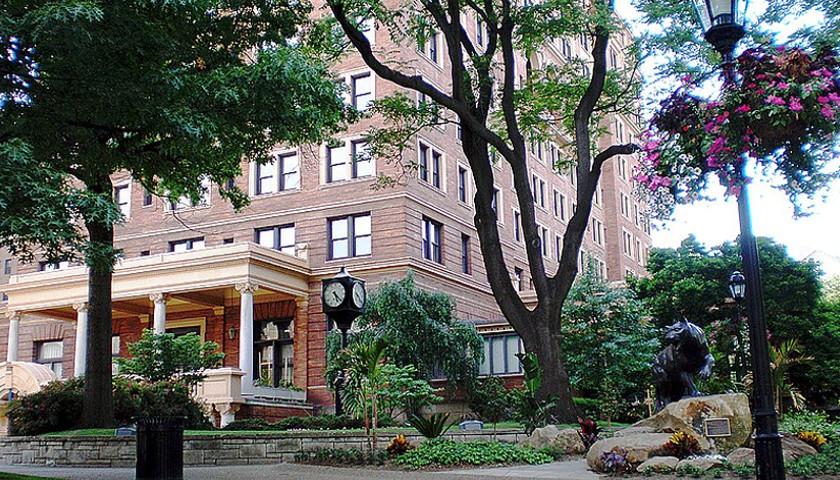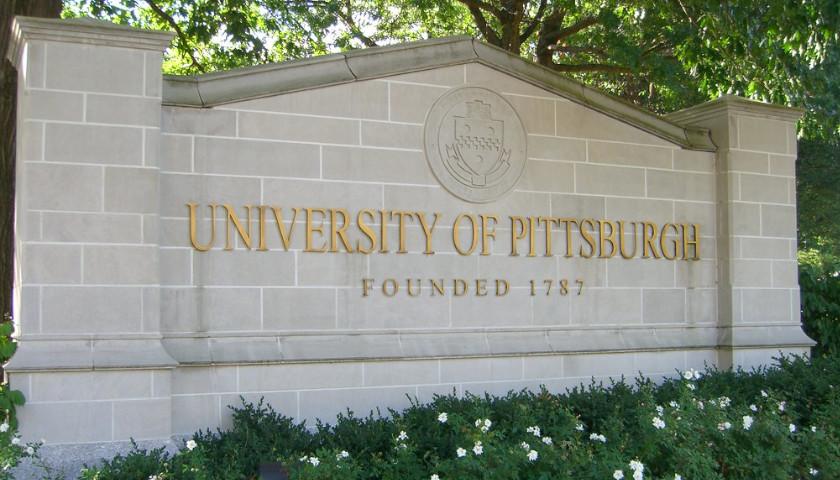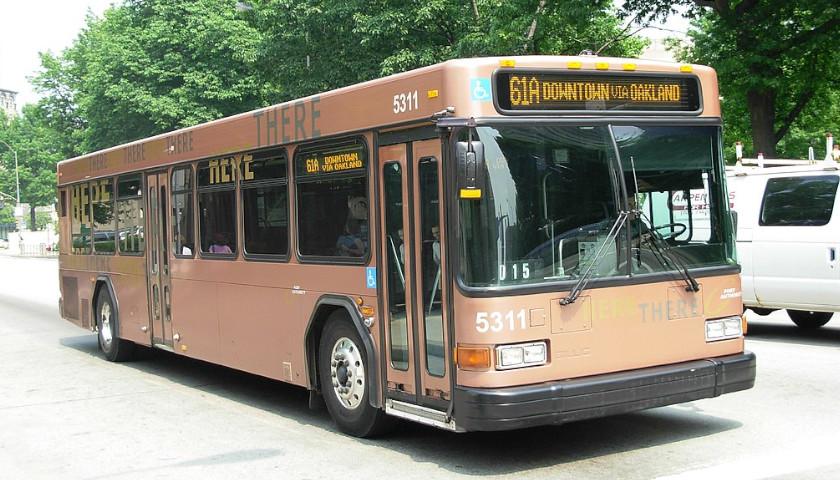by Lauren Jessop
Officials and community members recently cut the ribbon on one of the largest solar projects in western Pennsylvania.
Through a partnership between the University of Pittsburgh and Vesper Energy, the school says it is achieving its renewable energy commitments while providing educational opportunities.
The Gaucho Solar project is a 20-megawatt solar farm sitting on 68 acres located on the border of Findlay Township in Allegheny County and Independence Township in Beaver County, near the Pittsburgh Airport.
The project was constructed by Texas-based Vesper Energy, which partnered with the university via a power purchase agreement through which Pitt has secured 100% of the project’s energy and environmental attributes over the next 20 years.
It is expected to provide approximately 18% of the campus’ electricity usage per year, helping Pitt reach its goal to achieve campus carbon neutrality by 2037, according to a press release.
“The Vesper team is extremely proud to be a part of bringing Pitt’s sustainability vision to life,” said Craig Carson, CEO of Vesper Energy. “Projects and partnerships like this are a critical part of the global energy transition which relies on secure and stable clean energy production. What we can create and achieve is exponential when we work together for the greater good.”
The project will produce more than 35,700 megawatt-hours of electricity and reduce Pitt’s greenhouse gas emissions by 15,452 metric tons of carbon dioxide annually – the equivalent of taking nearly 3,330 gasoline-fueled cars off the road.
Pitt says the ability to directly purchase clean energy will generate long-term cost and environmental savings, require no upfront capital or maintenance costs, and give them price certainty throughout the contract, saving millions of dollars.
Students had learning opportunities throughout the construction process and the facility will be incorporated into the school’s curriculum, providing educational opportunities for current and future students.
They said the pollinator-friendly landscaping has an important environmental impact beyond the site, improving water quality, reducing erosion, and creating critical habitat and food for birds, bees, butterflies, and other beneficial insects.
“The University of Pittsburgh is fully committed to achieving carbon neutrality for our Pittsburgh campus by 2037, with our current and future renewable electricity commitments getting us over one-third of the way there,” said Aurora Sharrard, executive director of sustainability at the University of Pittsburgh.
“We are very excited that Vesper’s Gaucho Solar facility is the newest and largest renewable asset to-date contributing to the University’s goals of producing or procuring 100% of our electricity from renewables by 2037.”
Gaucho is one of six projects Vesper Energy has either proposed or is building in Pennsylvania. More than half of the state’s pending energy proposals include solar, a fact that’s left lawmakers questioning who will pay for power grid maintenance moving forward.
As of 2021, the state had almost 48,000 megawatts of installed capacity for electricity generation, according to PJM – the regional transmission organization that manages the power grid for Pennsylvania and 12 other states. Natural gas comprised 21,000 megawatts, followed by 10,000 megawatts of coal and 9,000 megawatts of nuclear. Solar accounted for only 37 megawatts.
– – –
Lauren Jessop is a contributor to The Center Square.
Photo “University of Pittsburgh” by Michael G. White CC3.5.








